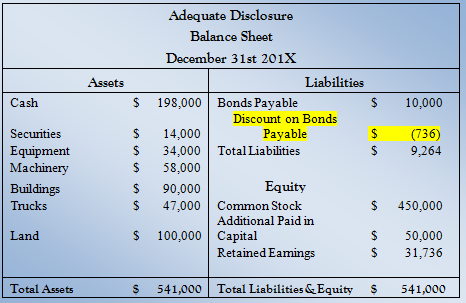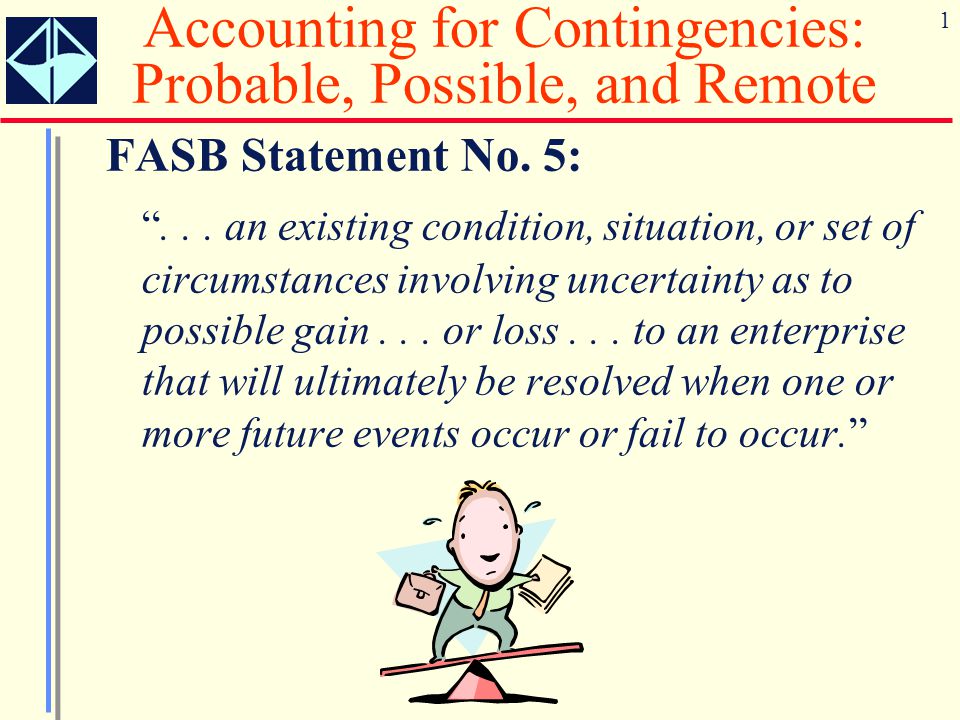Bookkeeping
Flow Net Analysis using Excel
Content

Specifically, flow nets, groundwater modeling and calibration with a spreadsheet and with software, and simulation of dye transport are implemented with the sand tank. This provides a useful analog because students can measure hydraulic heads using piezometers, understand the roles of boundaries in numerical modeling, and simulate dye migration. Three course projects were designed and showed that the sand tank is a valuable tool for teaching hydrogeology. A groundwater flow model can be built with Visual MODFLOW or GMS, as a prerequisite for contaminant transport simulations with software such as MT3DMS. Grids of 70 rows by 250 columns with cell sizes of 0.01 ft × 0.01 ft were used, although somewhat coarser grid spacings can be used. We use dye to mimic a contaminant in the sand tank.
Because Δs is in the denominator, this makes the groundwater velocity relatively slower. In comparison, a dye streak closer to the dam (Figs.4 and 6) has a length (Δs) of 1 ft or less, which gives a faster velocity when inserted into Eq. In both cases, the head difference (Δh) is the same, but the hydraulic gradient is greater for the flow paths near the dam.
Flow net results
Measure QH. With F as the centre and QH as the radius, draw an arc to cut vertical line through Q in point P. Now join all the points G, S, P, B to get parabola. The phreatic line must start from B and not from C. Also, the phreatic line is a flow line, and must start perpendicularly to the u/s face AB which is a 100% equipotential line.
Since the head drops are uniform by construction, the gradient is inversely proportional to the size of the blocks. Big blocks mean there is a low gradient, and therefore low discharge . • A grid obtained by drawing a series of streamlines ψ and equipotential lines Φ is known as a flow net.
Seepage, Drainage, and Flow Nets (Wiley Classics in Ecology and Environmental Science)
They are the lines which join points of equal potential. The flownet can be constructed conveniently for most of the hydraulic structures graphically by trial and error method. The sand-tank model can also be used in undergraduate classes to demonstrate the importance of minimizing seepage under a dam, in order to ensure the integrity of its foundation. A proper foundation is of utmost importance , and dams sometimes have failed spectacularly because of excessive leakage through an inadequate foundation. In this case, the water in the upstream reservoir, with an initial head of 1.4 ft, causes a sand boil that quickly erodes beneath the dam and equalizes the water levels on both sides of the dam. A real-world example of failure because of leakage through an inadequate foundation is the Teton Dam (see, e.g., Rahn 1996).

• The stream lines are so spaced that rate of flow Q is same between each successive pair of lines. The uplift pressure at any point within the draw flow nets soil mass can be found using the undermentioned formula. Streamlines can be traced by injecting a dye in a seepage model or Heleshaw apparatus.
Refer to the figure below and answer question 3 3 In the figure above which of
The effect of openwork gravel on permeability has already been noted. 2.5 Variations in “permeability” with size of flow channels. Facilities, and a variety of structures subjected to groundwater and seepage.
- Often become overloaded, and considerable deterioration, loss, and even failure has occurred.
- For the dye tracer, dry tablets of water-soluble dye such as fluorescein is recommended, which can be obtained commercially.
- There was a finite diff program meant for exactly that i remember doing a homework assignment for.
- Draw a trial flow line ABC adjacent to boundary line.
